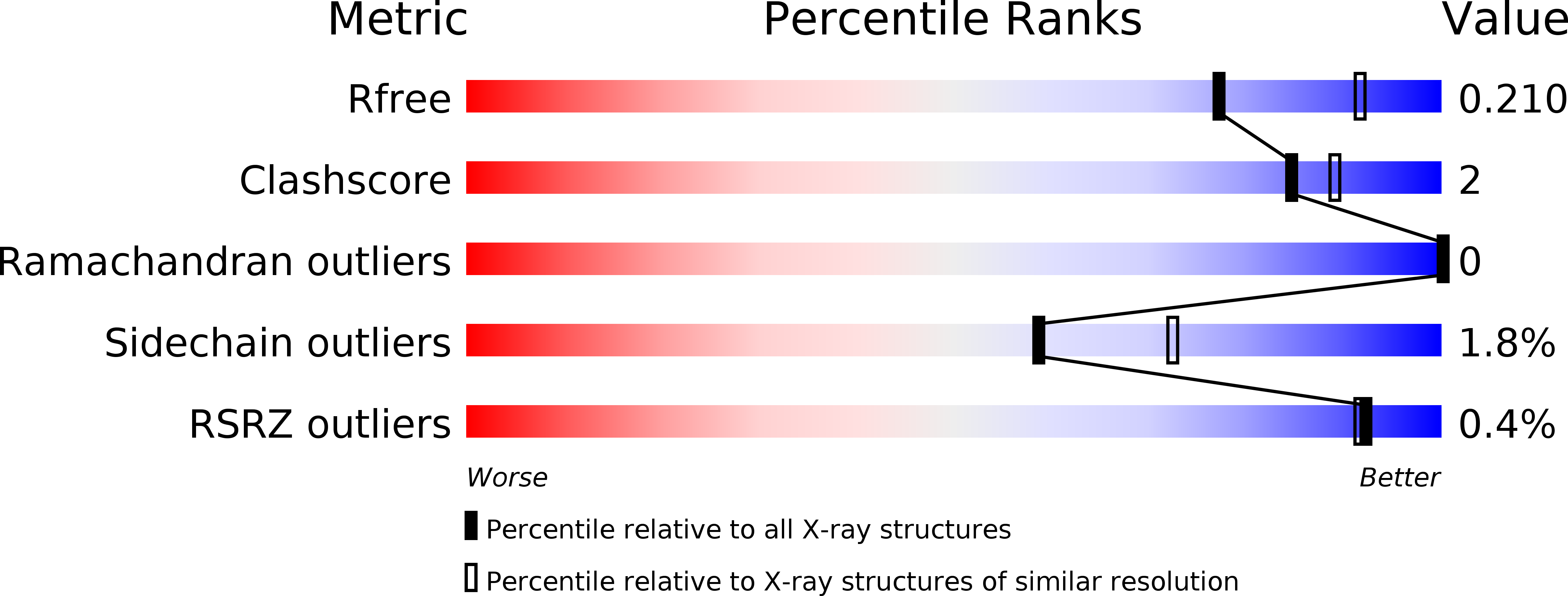
Deposition Date
2018-04-27
Release Date
2019-01-09
Last Version Date
2023-10-04
Entry Detail
PDB ID:
6D97
Keywords:
Title:
Structure of aldehyde dehydrogenase 12 (ALDH12) from Zea mays
Biological Source:
Host Organism:
Method Details:
Experimental Method:
Resolution:
2.20 Å
R-Value Free:
0.21
R-Value Work:
0.16
R-Value Observed:
0.16
Space Group:
C 1 2 1


